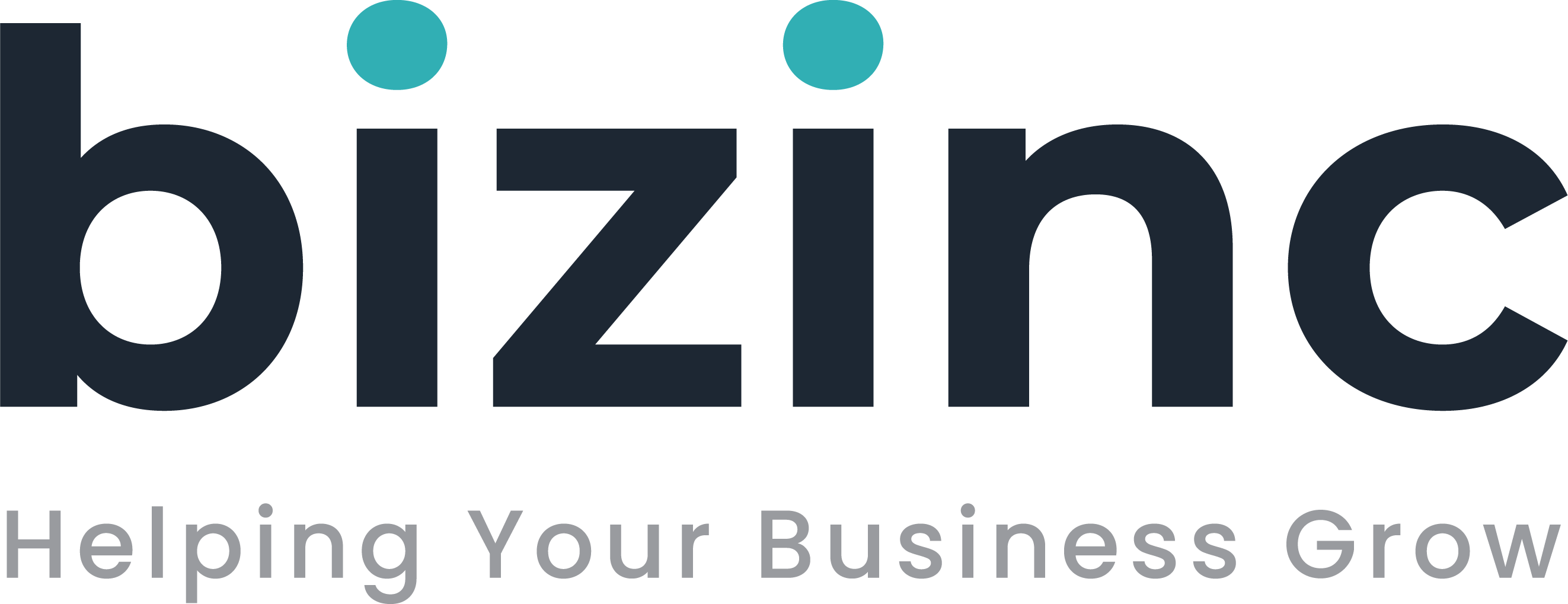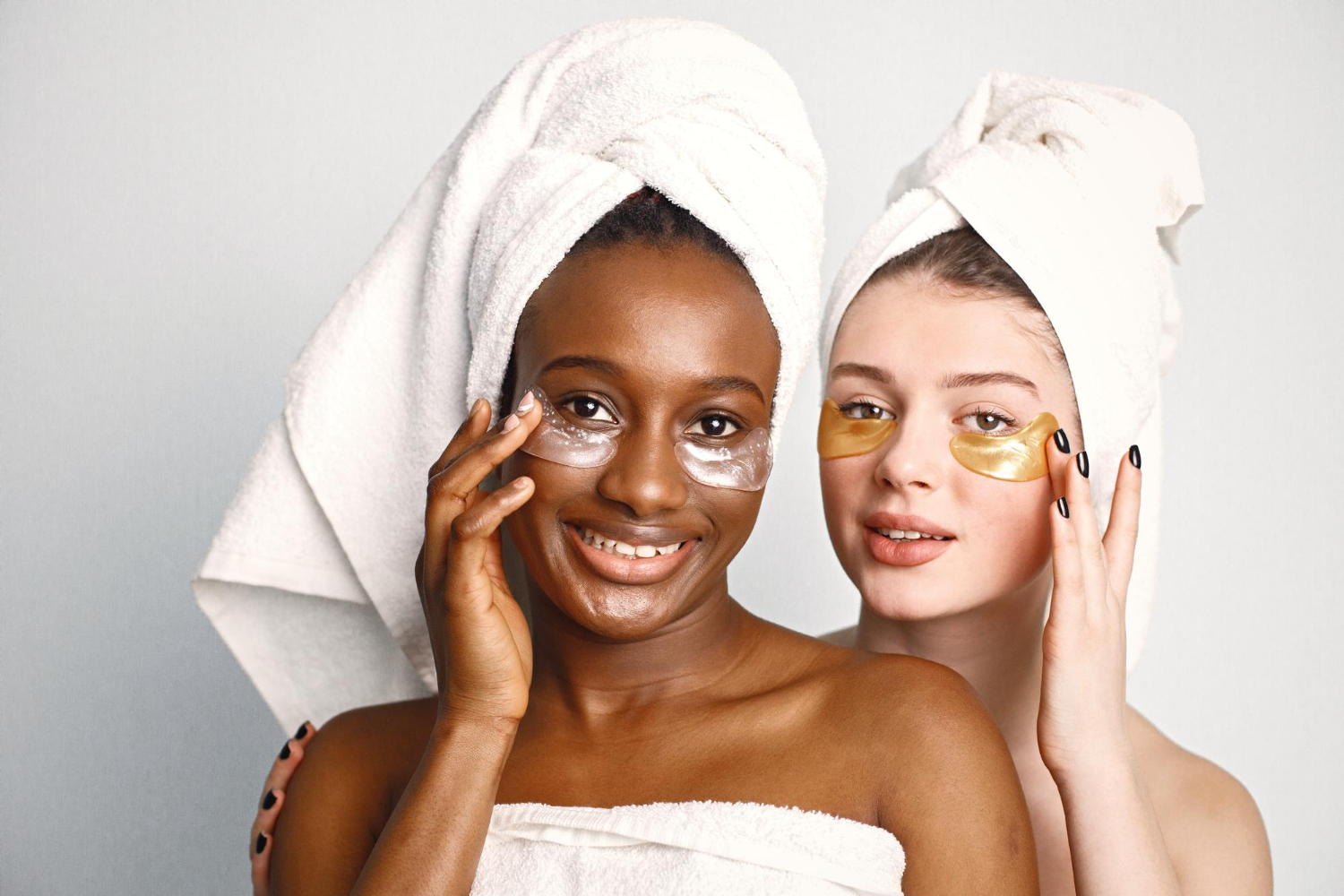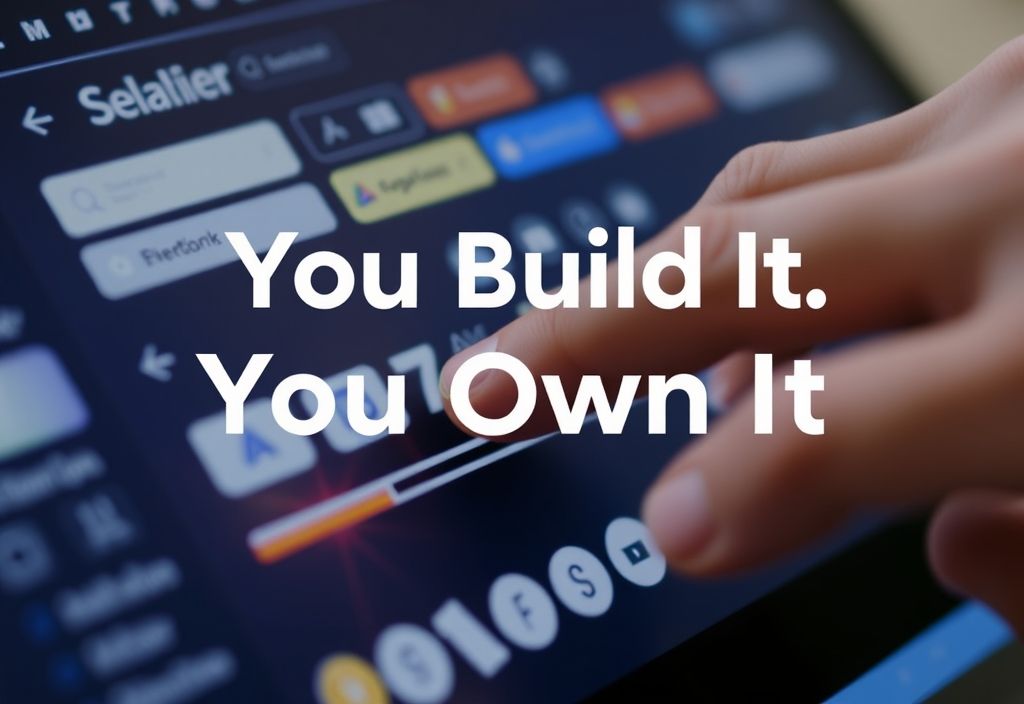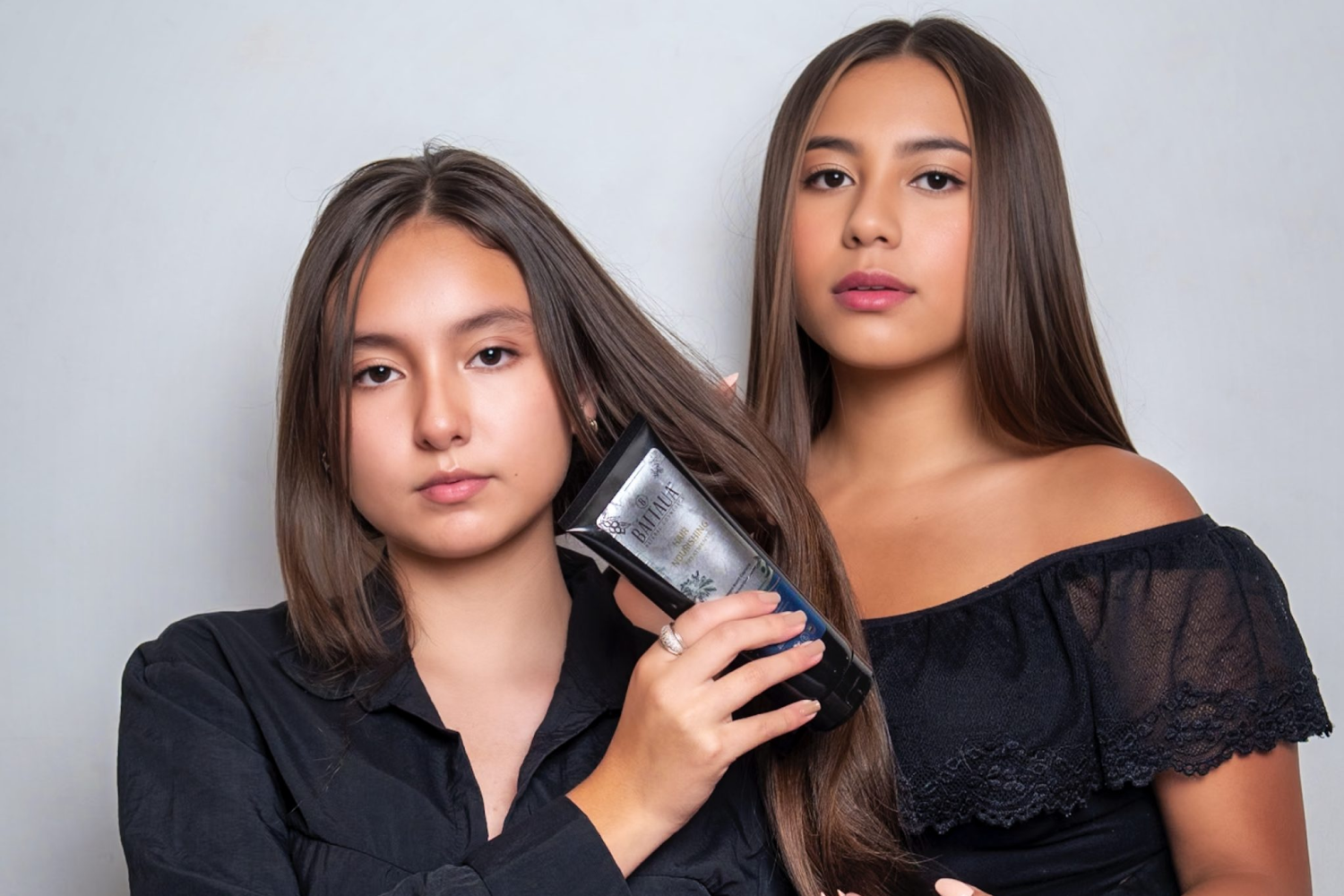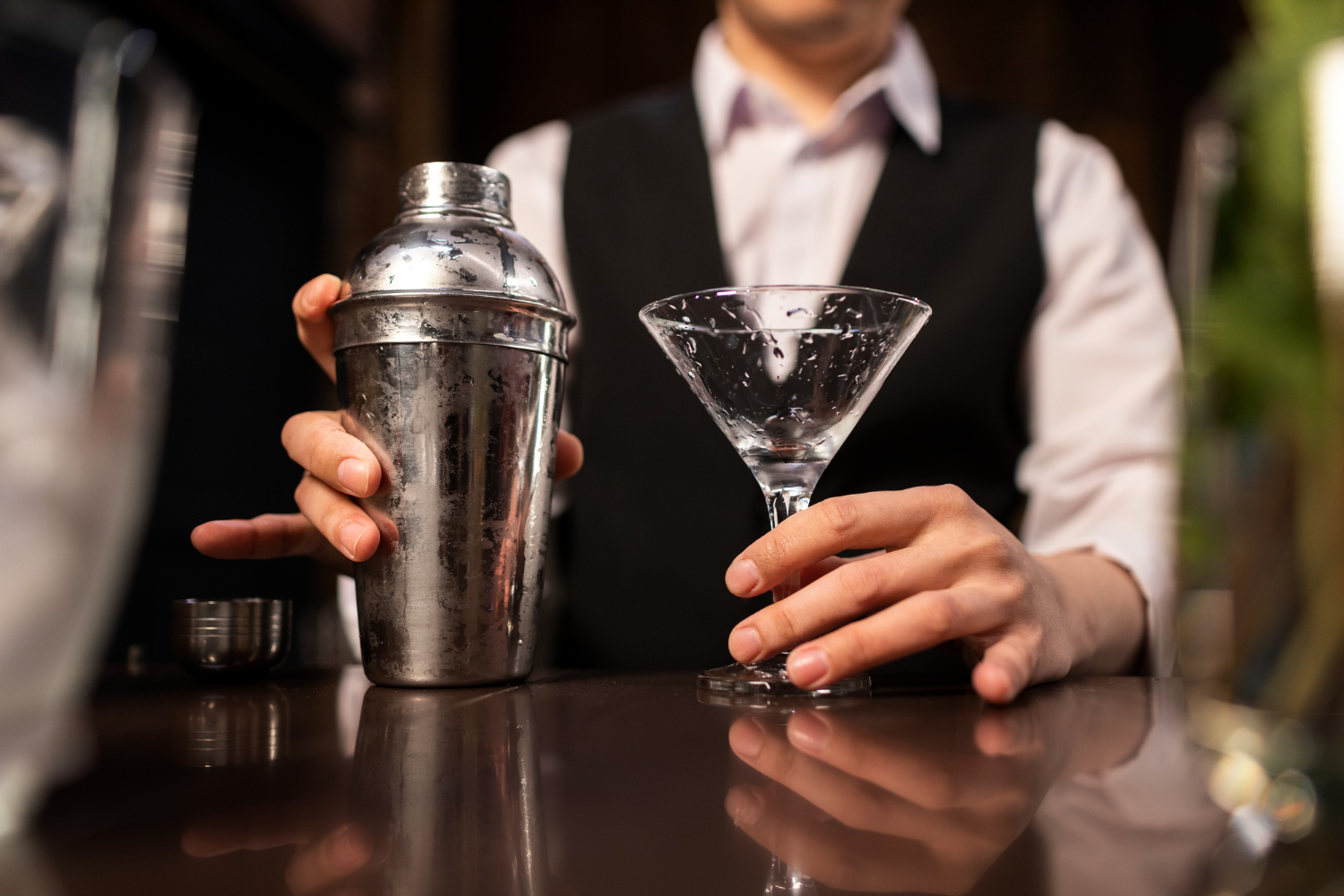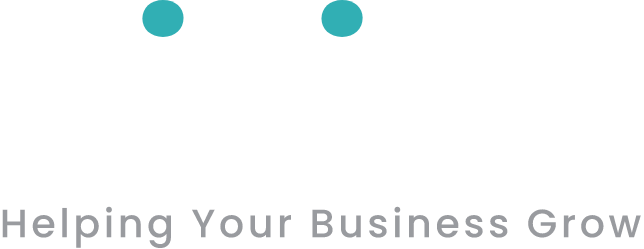Introduction
The beauty industry is constantly evolving, driven by consumer demands, technological advancements, and societal shifts. As we move into 2024, staying abreast of the latest trends is crucial for both consumers and industry professionals. These trends not only shape the products we use but also influence how we perceive and engage with beauty.
Sustainable Beauty
Sustainability has become a cornerstone of the beauty industry. Consumers are increasingly aware of their environmental impact, leading to a rise in eco-friendly packaging. Brands are moving away from single-use plastics, opting for recyclable, biodegradable, and reusable materials. Moreover, there is a significant shift towards clean and green ingredients. Consumers prefer products that are free from harmful chemicals and sourced ethically. Cruelty-free products have also gained immense popularity, reflecting a collective move towards more humane and sustainable beauty practices.
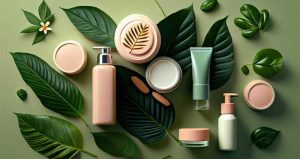
Personalized Beauty
Advancements in AI and technology have revolutionized the beauty industry, bringing personalized beauty to the forefront. Customized skincare and makeup solutions are becoming the norm, with brands offering products tailored to individual needs. These personalized solutions are often data-driven, leveraging information about skin type, concerns, and preferences to recommend the most suitable products. This trend not only enhances the efficacy of beauty products but also provides a more personalized and satisfying consumer experience.
Inclusivity and Diversity
Inclusivity and diversity are no longer just buzzwords; they are essential elements of the beauty industry. Brands are expanding their shade ranges to cater to a broader spectrum of skin tones. This inclusivity extends beyond makeup, with products designed for various skin types and conditions. The representation of diverse beauty standards in advertising and media is also crucial, promoting a more inclusive and accepting view of beauty.
Want to learn how to start up your beauty business online? Click here
Wellness and Self-Care Integration
The integration of wellness and self-care into beauty routines has become increasingly prominent. Beauty routines are now seen as a form of self-care, focusing on both physical and mental well-being. Holistic wellness practices, such as meditation and aromatherapy, are being incorporated into beauty regimens. Additionally, the growth of at-home spa experiences allows consumers to indulge in luxurious treatments from the comfort of their homes, further blending beauty and wellness.
Tech-Driven Innovations
Technology continues to drive innovation in the beauty industry. Smart beauty devices and gadgets are gaining popularity, offering advanced skincare treatments at home. Virtual try-ons and augmented reality (AR) applications allow consumers to experiment with different looks before making a purchase. Online consultations and virtual beauty advisors provide personalized advice, enhancing the online shopping experience and making expert guidance more accessible.
Minimalistic Beauty
The trend towards minimalistic beauty reflects a shift in consumer preferences towards simplicity and functionality. Multi-purpose products that serve several functions are becoming increasingly popular, reducing the need for elaborate beauty routines. This trend emphasizes natural and minimalistic looks, encouraging consumers to embrace their natural beauty and reduce their reliance on numerous products.
Ingredient Transparency
Ingredient transparency is a significant trend, driven by consumers’ desire for honesty and clarity. There is a growing demand for clear labeling and honest marketing practices. Consumers want to understand what is in their products and how these ingredients benefit or affect their skin. Brands prioritizing transparency in their formulations and communications are likely to build stronger trust and loyalty among consumers.
Influencer and Social Media Impact
Influencers and social media platforms play a pivotal role in shaping beauty trends. Influencers have the power to introduce new products, techniques, and trends to their followers, often driving significant sales and brand recognition. Social media platforms are essential for beauty marketing, allowing brands to reach a vast audience quickly. User-generated content and reviews also hold considerable sway, providing authentic and relatable insights into product performance.
Conclusion
The beauty industry in 2024 is characterized by sustainability, personalization, inclusivity, and technological innovation. Adapting to these trends is essential for staying relevant and meeting consumer demands. As the industry continues to evolve, exploring and embracing these trends can lead to more effective and satisfying beauty experiences. By staying informed and open to new developments, we can ensure that our beauty practices are both current and beneficial.
For more insights and guidance on how Bizinc can help you navigate these trends, visit our website and discover how we support home-based small businesses in the beauty industry.
